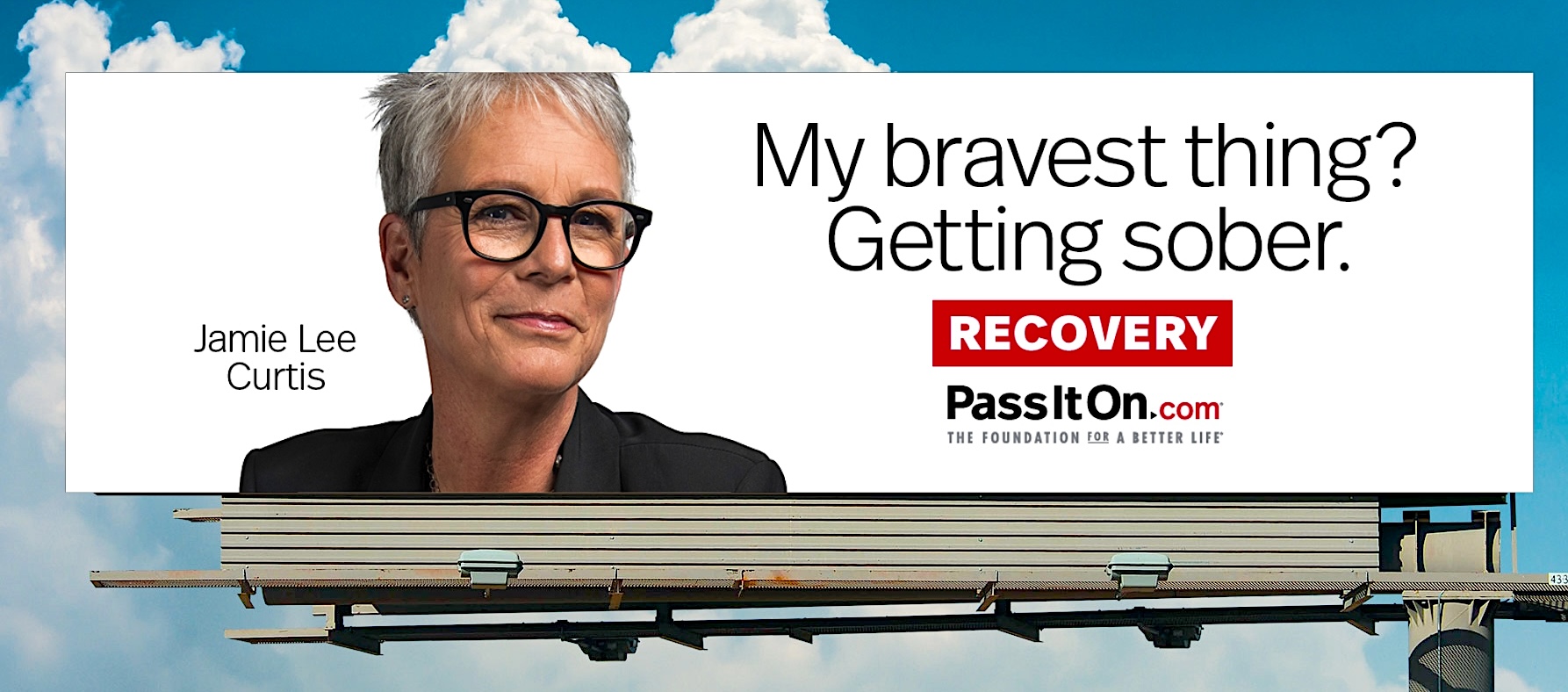MEDIA: BOOK REVIEW –
April 26, 2022 – Weinstein’s incarceration followed a decades-long career of abuse, and is inextricably linked to the launch of the #MeToo movement, when women publicly named their powerful predators and asked us all to think about what kind of society we wanted to live in. This type of social pressure is one that O’Neil classifies as productive, one that “punches up” in the service of justice. Larry Kramer and Rosa Parks punched up; Gandhi too. A brief reminder that none of them did their work on the internet.
Social media platforms like Facebook and Twitter are particularly invested in sowing the seeds of discord, mostly because political and social disagreements inevitably escalate engagement. O’Neil’s characterization of these forums as “networked shame engines” accurately describes the conveyor belt-like swiftness with which the internet targets and punishes America’s self-replenishing army of “Kens” and “Karens.” The violence wrought by politicians, says O’Neil, has helped spur our collective lust for putting strangers who don’t agree with us into internet stockades, where we can make fun of their avatars and bombard them with digital tomatoes. O’Neil suggests that we enter treacherous waters when we start Hester Prynne-ing people online; it is a fantasy to believe that it does anything other than enrich Mark Zuckerberg.
Where “The Shame Machine” seems to rattle off its tracks is in O’Neil’s discussion of what she refers to as “healthy shaming” — let’s call it a lateral punch. The lateral punch is the blow that we strike against people who do not share our social value systems; it’s the self-righteous bravado we feel when we tell an internet stranger, after the fact, to put his mask on; it’s the thrill of watching someone be reprimanded when they violate our understanding of how things should be.



